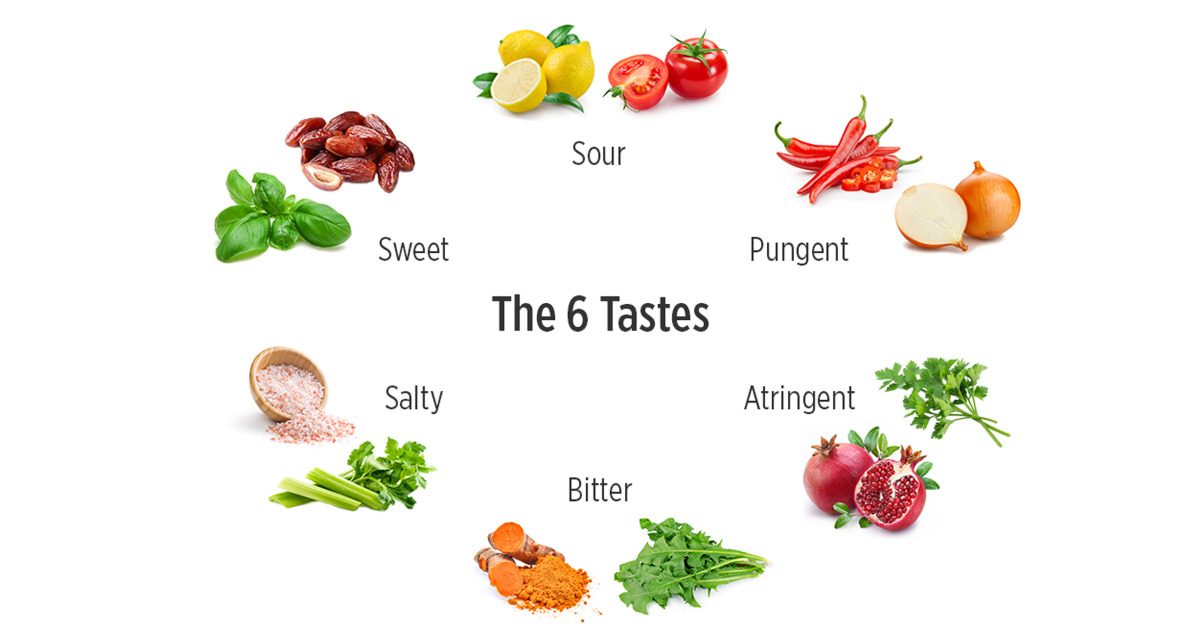A Helpful Guide for Parents: Introducing Your Kids to Bitter Foods
Introduction
Hey Super Parents, ever wondered how to incorporate healthy, bitter foods into your child’s diet? Well, hang tight because we are about to take you on a flavoursome journey of bitter delights. This guide is designed to help you understand the importance of these often overlooked foods and how to make them more kid-friendly.
What Are Bitter Foods?
Bitter foods, as the name implies, leave a distinctive bitter taste but don’t worry, bitter doesn’t mean bad. In fact, these foods are typically packed with incredible health benefits. They include, but are certainly not limited to, dark leafy greens, citrus fruits, and certain vegetables.
Why are Bitter Foods Important?
The power of these bitter tastemakers is often underestimated. They’re not just important because they add variety to our taste buds, but also because they pack a wholesome nutritional punch. Bitter foods, generally, are springboards of health benefits with ample vitamins, minerals, and antioxidants. More so, they aid in digestion and promote healthy eating habits.
The Awesome List of Bitter Foods
Let’s take a quick look at some of these super-foods and why they are so good for your child’s health.
1. Dark Leafy Greens
Spinach, kale, and collards top our list of bitter foods. Besides their bitter taste, they are known for their high nutritional values. They are packed with vitamins A, C, and K, plus iron and calcium – key ingredients for your child’s healthy growth.
2. Citrus Fruits
The tangy taste of grapefruits, oranges, and lemons is associated with their bitterness. These fruits are not just flavorsome but also loaded with vitamin C, fiber, and important minerals, making them perfect for boosting your child’s immune system.
3. Bitter Vegetables
.
Broccoli, Brussels sprouts, and radicchio are prime examples of nutritious bitter veggies. These nutritional powerhouses contain vital antioxidants, vitamins, and minerals which are essential for overall well-being.
This introduction is merely the start, stay tuned as we will dive deep into each food type, sharing fun and creative ways to incorporate these magic ingredients into your child’s diet in the following sections of our guide. Buckle up for a wonderful ride on the ‘Bitter Foods Express’!

Creative and Kid-friendly Ways to Serve Bitter Foods
Now that we’ve discussed the ‘what’ and ‘why,’ let’s jump into the ‘how.’ Here are some interesting ways to make these bitter foods appealing for your children.
1. Dark Leafy Greens
Toss kale, spinach, or collard greens into pasta, smoothies, or bake them into chips. You can also pair them with sweet fruits in a healthy salad. Creativity is your best friend here!
2. Citrus Fruits
Incorporate oranges, lemons, and grapefruit in different ways, such as juices, popsicles, or even include them in baking goodies. The sweet-tangy taste becomes an instant hit.
3. Bitter Vegetables
Roast or sauté vegetables like broccoli and Brussels sprouts with some honey or maple syrup. It not only reduces the bitterness but also adds a sweet touch kids will love.
Final Thoughts
Moms and Dads, remember, the goal isn’t just to make your child consume these foods but to help them enjoy the unique flavors and eventually develop a love for them. Remember that every child has different taste preferences, so be patient and keep experimenting with different preparations.
This concludes our guide on bitter foods. So, go ahead, apply these ideas, and embark on your deliciously fun bitter food journey with your little ones. We’re confident that these bitter foods will find a sweet spot in your family’s heart (and stomach!). Here’s to healthier and tastier meals with a dash of ‘bitter’!
Preparing for a List of Bitter Foods: 5 Essential Tips for Parents
Nutrition is a fundamental aspect of every child’s growth and development. Creating a balanced diet full of diverse foods, including bitter ones, is essential. Here are five things that parents should know in preparing for a list of bitter foods for their children.
1. Understanding the Health Benefits
Bitter foods are often packed with essential nutrients. From boosting metabolism and promoting digestion to reducing sugar cravings and balancing blood sugar levels, they come with a myriad of health benefits. Kale, spinach, broccoli, coffee, tea, and dark chocolate are a few examples of bitter foods.
2. Starting Small
The intensity of bitter foods can occasionally be overpowering. As such, starting small with your children is a smart strategy. Serve a small portion of a particular bitter food and gradually increase the amount as they get more accustomed to the taste.
3. Sneaking in Bitter Foods
One easy trick to adding bitter foods to your child’s diet is by sneakily adding them to meals. Toss some chopped spinach into a delicious pasta sauce, sprinkle some broccoli in their favorite stir fry, or even mix in a bit of kale to their post-workout smoothie.
4. Making it Fun
Children love fun and attractive food presentations. Be creative in how you serve these bitter foods. Make a smiling face with different vegetables on their plate or use interestingly shaped cutters. This can raise their interest and help them overcome their initial hesitation.
5. Experimenting with Recipes
Different cooking methods can bring out different flavors of the same food, including reducing their bitterness. Don’t hesitate to experiment with different recipes. A food they may dislike in one recipe might turn out to be their favorite in another.
The inclusion of bitter foods in your child’s diet is beneficial to their well-being. Remember, consistency is key and with a bit of patience, your child can enjoy these superfoods as much as the sweet ones.
For more great articles please see here. For more information see here
Disclaimer
The articles available via our website provide general information only and we strongly urge readers to exercise caution and conduct their own thorough research and fact-checking. The information presented should not be taken as absolute truth, and, to the maximum extent permitted by law, we will not be held liable for any inaccuracies or errors in the content. It is essential for individuals to independently verify and validate the information before making any decisions or taking any actions based on the articles.




